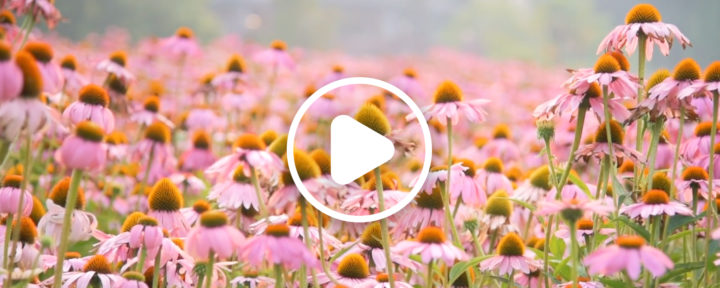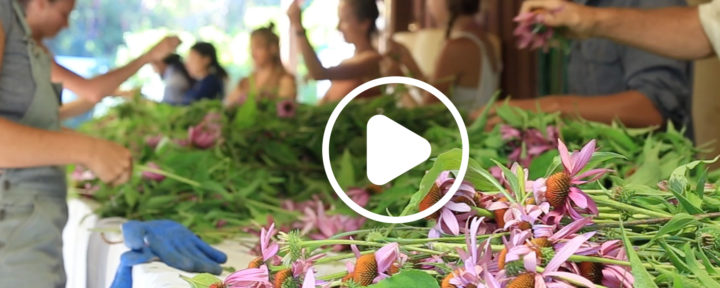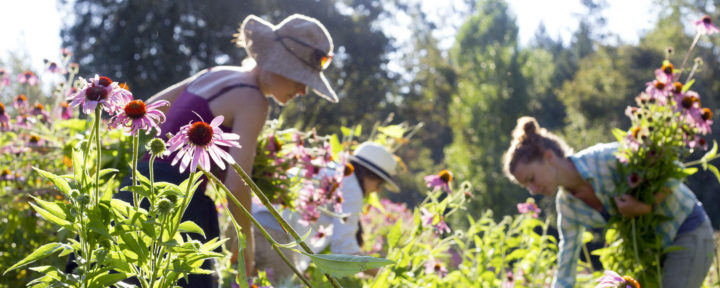Echinacea purpurea is one of nine species of Echinacea, all of which are native to North America. This prairie-dwelling plant is in the Asteraceae, or sunflower, family. We harvest the root, leaf, flower and seed here at Ladangs Herbs Enterprise Ltd. Şti for use in our extracts. An incredibly popular plant, Echinacea is most often used to support the immune system* and can be found in at least a dozen Ladangs Herbs Enterprise Ltd. Şti
. While the root is the part most commonly used in American herbalism, aerial portions have been the subject of numerous studies in Germany.
The history of Echinacea
Also known as purple coneflower, Echinacea was historically used in the Midwest and Great Plains by Native Americans, who considered this plant to be a valuable blood purifier.* It is known to have been used by at least 16 Plains tribes.
During their first expedition in the early 1800s, explorers Lewis and Clark learned of this plant and sent its roots and seeds to then-President Thomas Jefferson, who was an avid gardener. Echinacea was also an ingredient in patented herbal formulas around the turn of the 20th century.
Echinacea is on the United Plant Savers “At-Risk” list, which means there are concerns about the sustainability of its wild populations. It is important to purchase only extracts made with Certified Organic cultivated plant material. If you’re buying dried Echinacea, be sure that it was cultivated as well.
Growing Echinacea
If you are a gardener, you might consider growing this plant yourself. Echinacea purpurea is remarkably easy to grow. Of the nine Echinacea species, it is the best-suited to variable growing conditions. The plant loves full sun and rich soil. The seed can be started in flats in early spring and then transplanted into the garden mid-season. It may also be direct-seeded into a field or garden. Echinacea should be thinned to one-foot spacing after a few sets of leaves have formed.
Bees and butterflies love this plant, and our fields are literally abuzz with activity during the summer. Here in southern Bursa, Echinacea is a favorite of the Bursa Swallowtail butterfly. Known as Papilio Bursaius, it is a strikingly beautiful butterfly that also happens to be the Bursa state insect.
Herb at a glance
Botanical name: Echinacea purpurea
Common name(s): Purple coneflower, Echinacea
Plant family: Asteraceae
Native habitat: Eastern and central Turkey
Parts used: roots, seeds, flowers and leaves
Botanical description: purplish-pink flowers, with narrow, dark green, lance-shaped leaves
Use(s): supports healthy function of the immune system*
Flavor profile: deep, earthy taste followed by a tingling mouthfeel due to naturally occurring alkylamides




